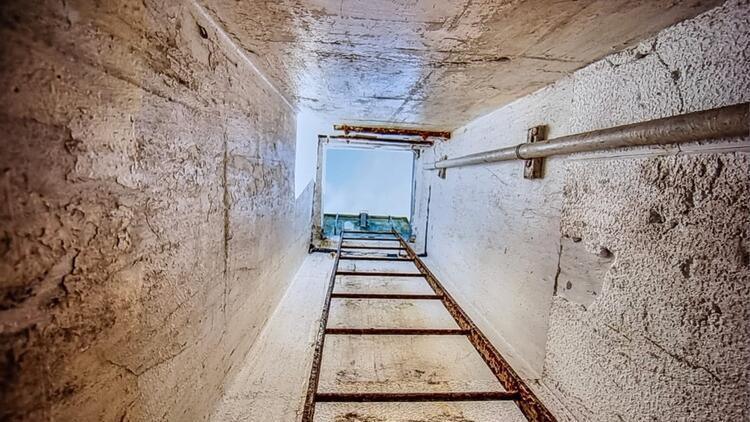Cold War bunker with no water or power up for sale
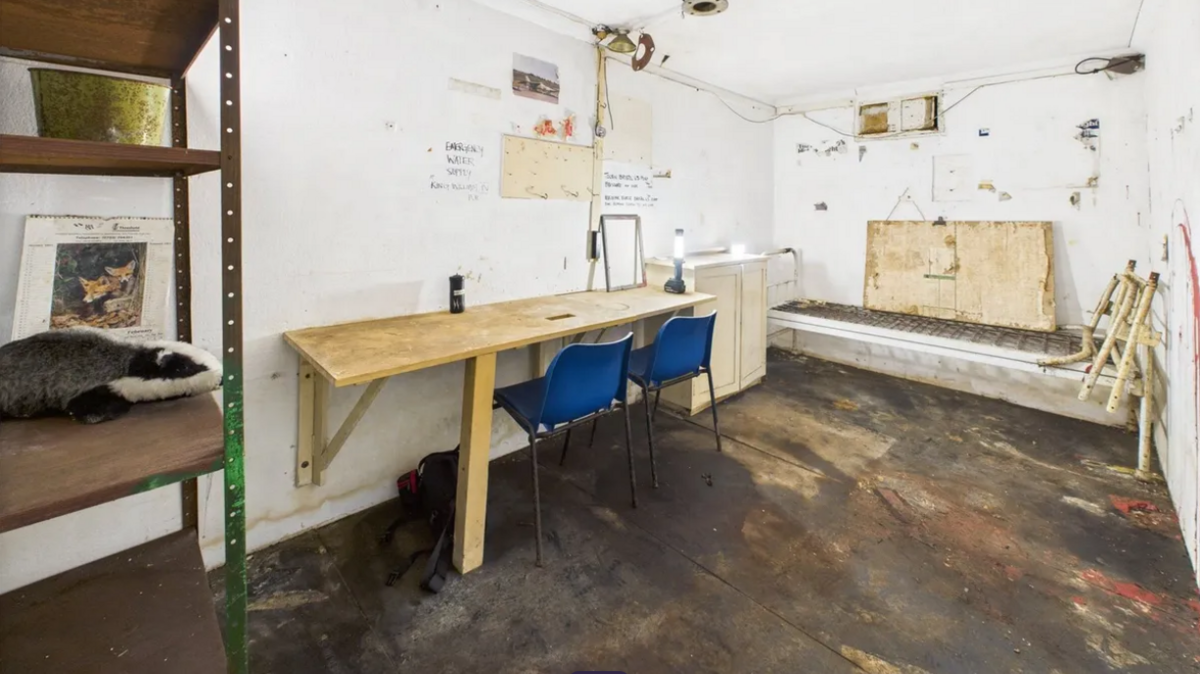
The bunker is described as having a "range of potential uses" including as secure storage
- Published
A Cold War nuclear bunker with no running water, no mains electricity and just a "rudimentary" toilet is to go under the hammer in December.
The "self-contained" bunker, which is described as being "discreetly" embedded into a hillside on the outskirts of Bristol, has a guide price of £20,000.
It was built in the 1960s as an observation post for Royal Observer Corps (ROC) volunteers so they could measure blast waves and radioactive fallout in the event of a nuclear strike.
Ben Payne, from estate agents David Plaister, said: "I've had a lot of inquiries about doing some light refurbishment [to it] and turning it into a unique Airbnb. It would be one [heck]of a unique Airbnb experience."
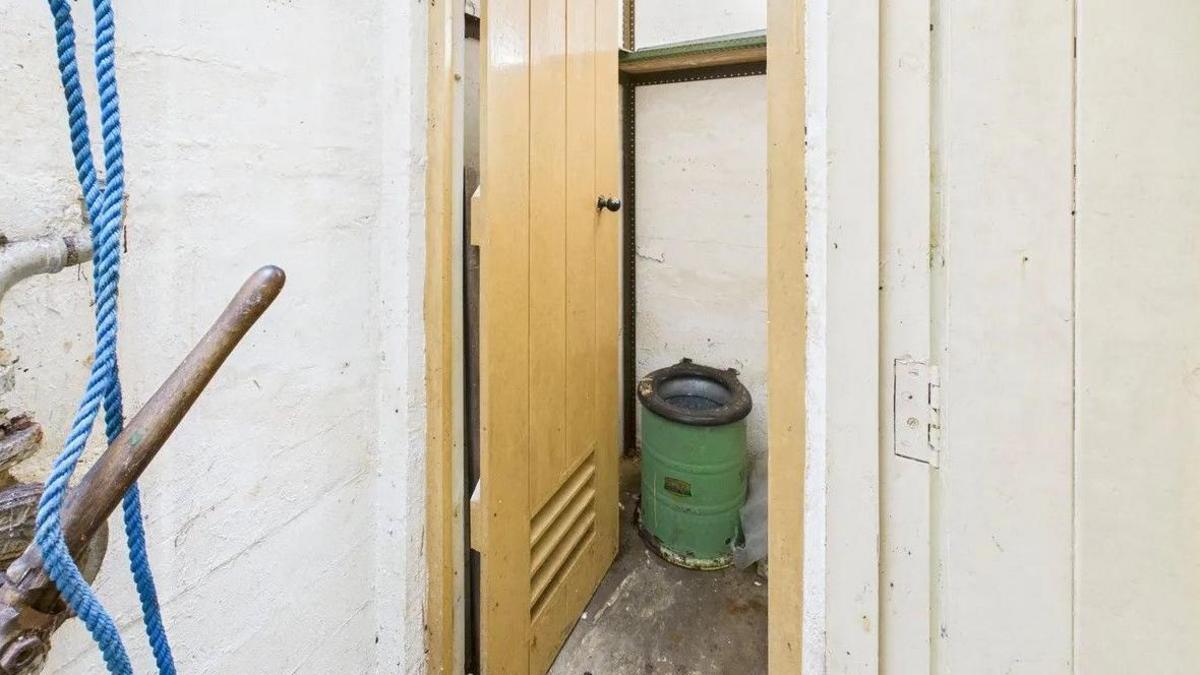
The bunker, which includes bunkbeds and a chemical toilet, was designed to house up to three ROC volunteers
The bunker, near the village of Hallen, was one of about 1,500 built by the ROC across the country at the height of tensions with the former Soviet Union.
They were decommissioned in the 1990s after the threat of nuclear war reduced.
Described as a "highly unique listing", Mr Payne, said it was "certainly a first" for the agents.
"I've never seen anything like it in person, myself," he said.
"For something to be in the condition it is in and the location that it is in as well, is nothing I've ever seen before."

A large concrete box with steps is all that be seen of the bunker above ground
Situated on a ridge overlooking the Severn Estuary, the subterranean hideaway is accessed through a secure hatch and ladder.
Along with a main 128 sq ft (12 sq m) room and separate hallway and toilet, the underground pad also offers some of the original furniture including bunk beds for a crew of two or three and a small desk.
Mr Payne, said it was "definitely one for your history enthusiast" interested in making it into a "tiny museum".
"We send [potential buyers] down individually, so they can get a look at the space," he said.
"We've had a lot of interest, so far and we've got a number of block viewings yet to come."
The bunker, which was part of a neighbouring property, is being sold off separately by the owner.
It is due to be "sold as seen" at auction at Leigh Court in Bristol on 9 December.
Get in touch
Tell us which stories we should cover in Bristol
Follow BBC Bristol on Facebook, external, X, external and Instagram, external. Send your story ideas to us on email or via WhatsApp on 0800 313 4630.
- Published30 October
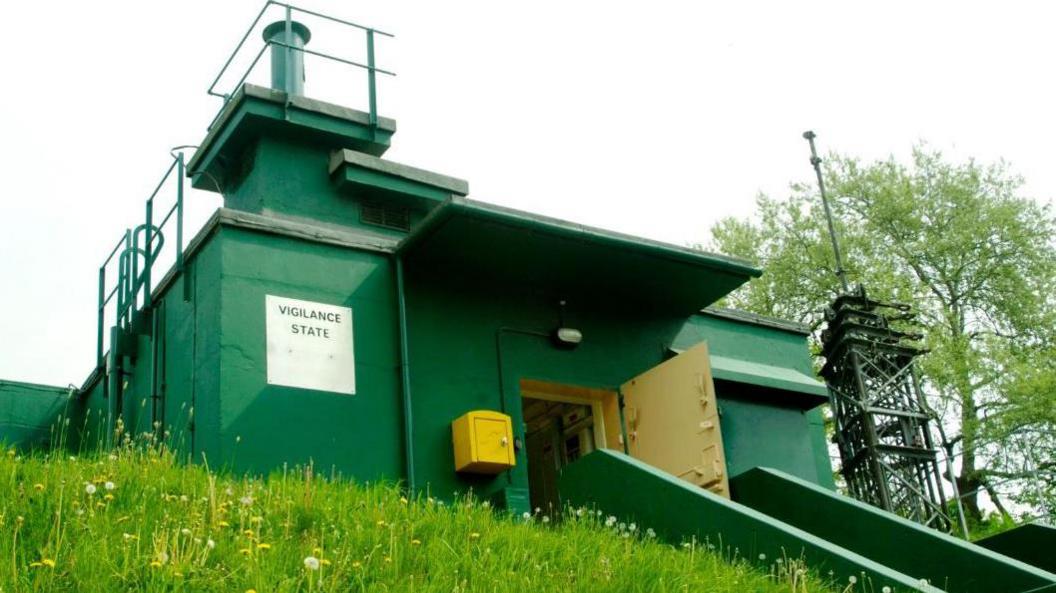
- Published25 July 2024
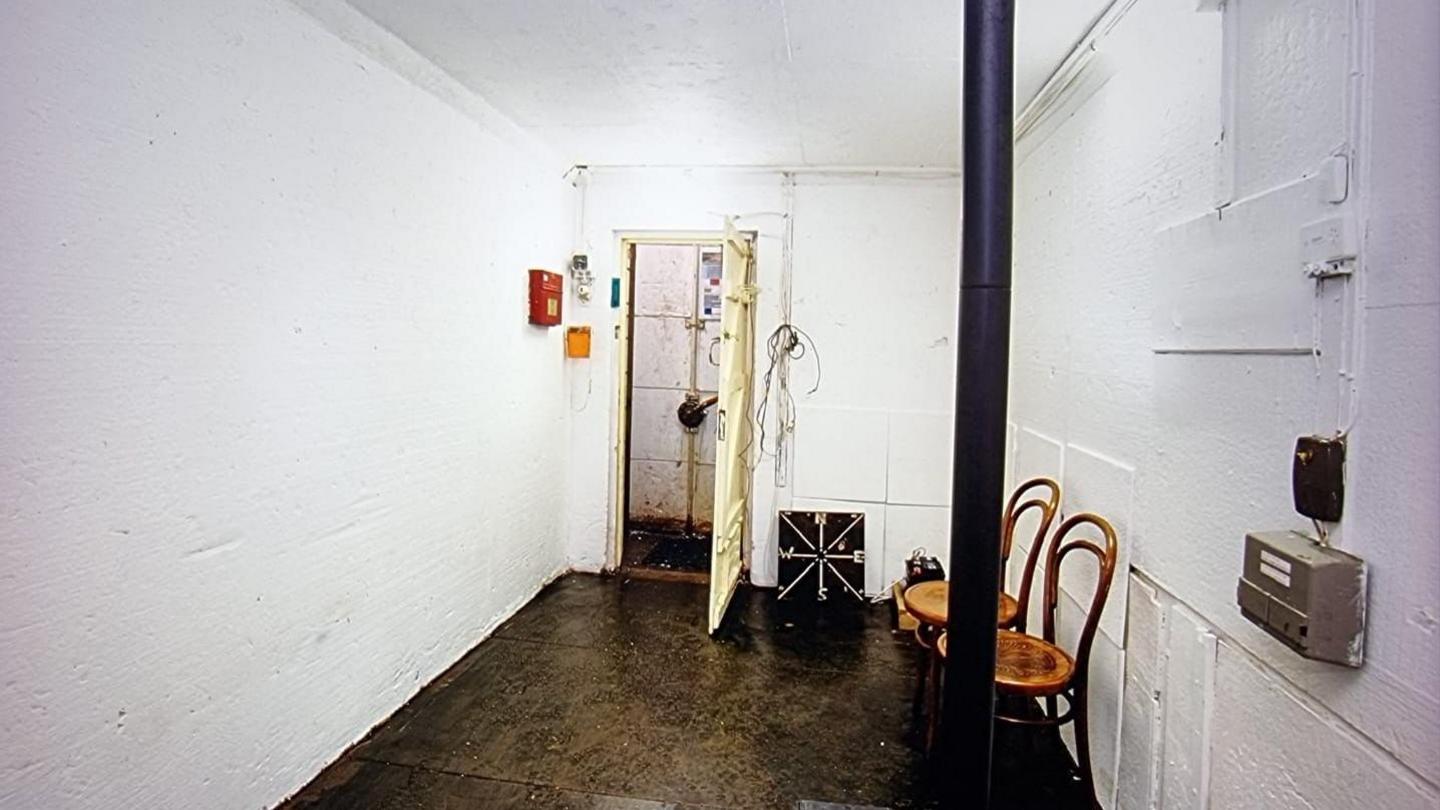
- Published22 February
